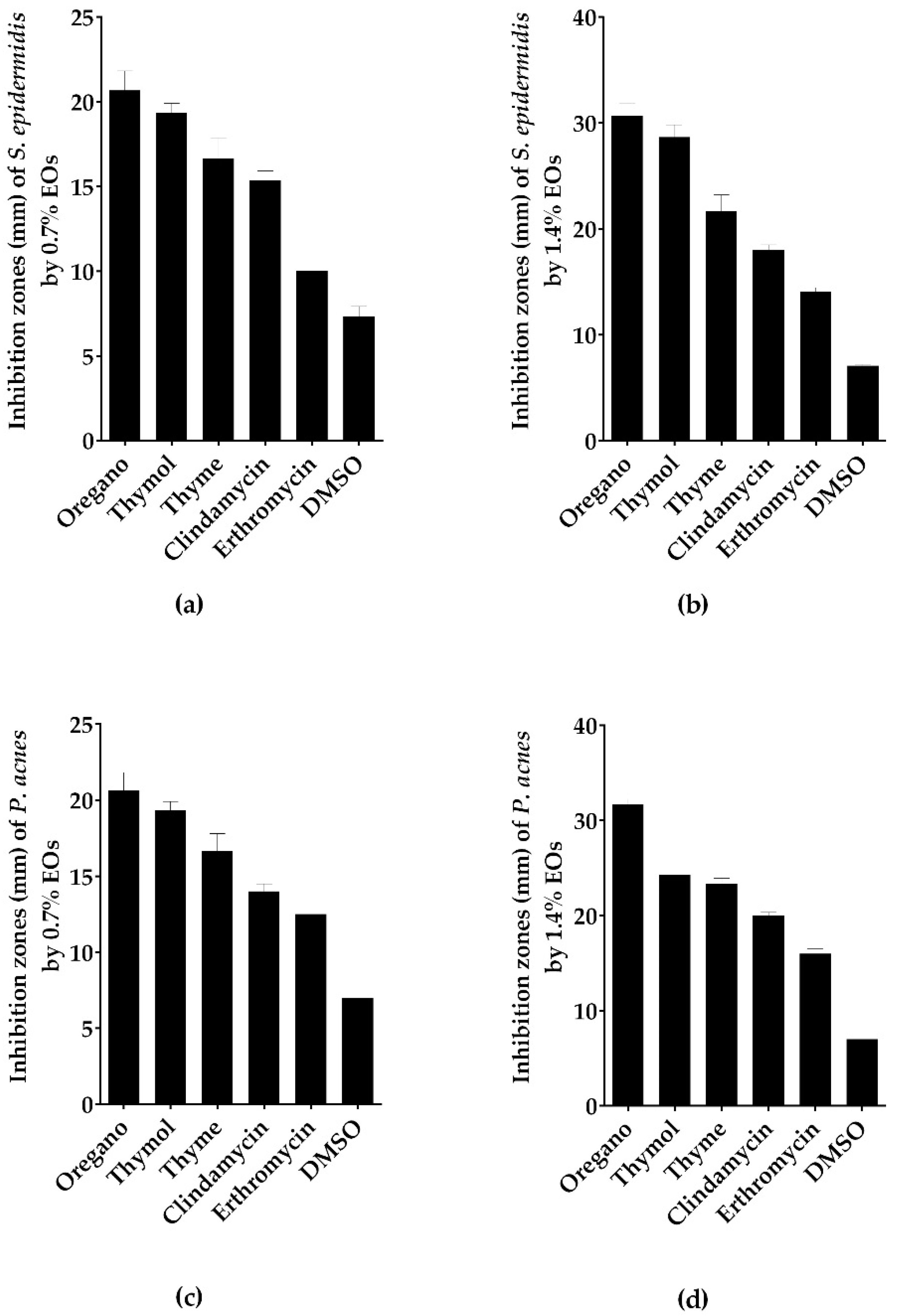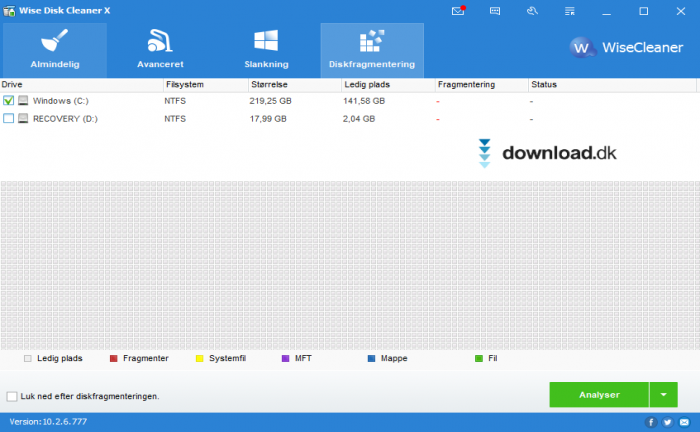
- Wise disk cleaner free 9.31 review serial number#
- Wise disk cleaner free 9.31 review serial#
- Wise disk cleaner free 9.31 review manual#
Wise disk cleaner free 9.31 review serial#
The serial and license keys are needed after installation when you first boot up, a dialog pops up asking you for the keys.
Wise disk cleaner free 9.31 review manual#
The quickstart manual is bilingual (English and German) and is very easy to understand, even for newcomers to the BeOS platform. Minimum and recommenced system specifications are listed. The package looks professional, with a clear description and some screenshots.
Wise disk cleaner free 9.31 review serial number#
Mensys NL shipped mine, a clean DVD case, containing the disc, a quickstart manual and a card containing serial number and license key. YellowTAB was so kind to provide OSNews with several review copies. Here are the findings of an old BeOS user. As many other BeOS fans, I closely followed two projects: Haiku, and yellowTAB’s Zeta. However, there was no denying the fact that the BeOS was getting old. This may not be the case with a NAS box if it uses a HW RAID solution.Īs far as OS-X support goes I think you should be happy with NFS, but last time I was configuring a file server for Macs it was XXth century outside and the boxes talked AppleTalk.I’ve always been a huge fan of BeOS. OTOH they will require somebody, who knows what he is doing, to handle them.Īlso, if your main board/disk controller dies terribly, you can just move the HDDs into any Linux box and have your data available.

They also have a limited feature set, which you cannot realistically expect to be changed on your request.Ĭustom-made Linux system will be much more flexible, give more bang per buck, no artificial limits of feature lists and ease of expansion (throw more HDDs into it). Usually more user-friendly interface (click here to setup your box) and, usually, ability to replace failed disk by a trained monkey. NAS boxes give you: External support - somebody else to blame if things go pear-shaped ). Still, if you decide to build your own system, then you may be able to have 3 boxes for the price of 1 NAS system (according to your own calculations), so you could have 2 in production and one idle, ready to be cannibalized in case of any failure. Two factors here: 1) Availability of admins experienced with Linux whom you trust enough to believe if they say "Yes, we can do this". I won't speculate on minimal specs, but if you are going to serve large files to two dozen customers, then SATA+RAID5/6 seems like the way to go performance-wise. (To re-iterate, the most important things is OS X compatibility, plenty of storage, cost effective)


This question and its answers are locked because the question is off-topic but has historical significance.


 0 kommentar(er)
0 kommentar(er)
